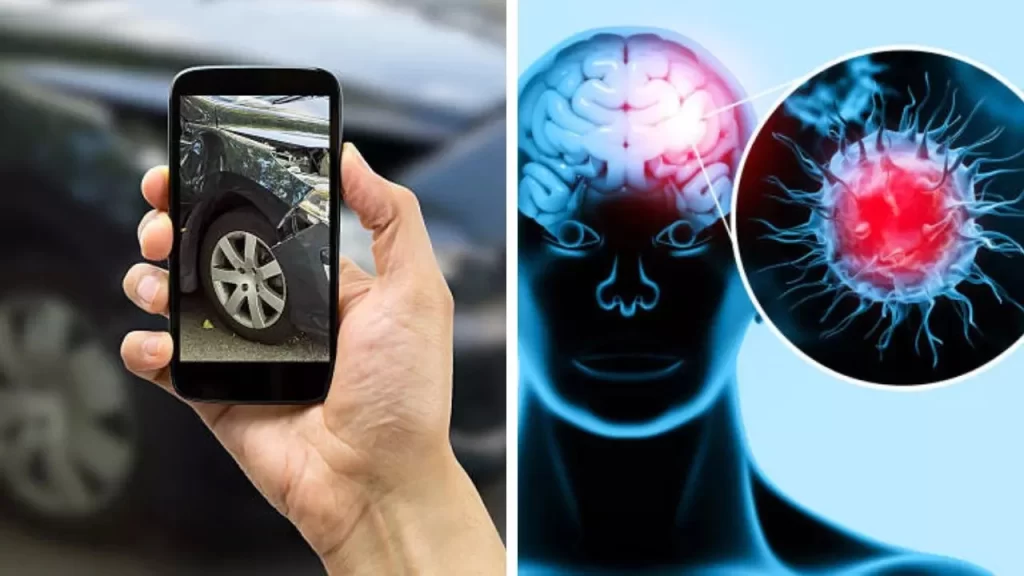The phone and other mobile devices give off non-ionising radiofrequency signals (also called non-ionising “radio waves”, like microwaves). This type of electromagnetic radiation doesn’t ionise molecules like DNA; as do its sister waves, X-rays.
Research has also speculated a possible risk of glioma and acoustic neuroma associated with cell phone use, but this research is patchy and no conclusive association between cell phone use and cancers like these has been shown.
What is RF?
RF (radio frequency radiation, RF) is electromagnetic radiation that imparts information and physical modifications into our bodies. Morse code uses this electromagnetic radiation by switching it on and off periodically (for dots, for dashes) but not ionising radiation, which damages DNA directly; some jobs involve higher RF exposure (maintenance of radio/TV towers transmitting communication signals, or working with radars).
Radiofrequency noninvasive treatments are already being tested in clinical trials to heat the tumor via radiowaves, but its effects on cancerous cells as well as on healthy ones remain unclear.
Cell phones — What are they?
Mobile phones emit radiation when they’re off from them and they’re on to cell towers and back. And although you don’t keep your phone very close to your head or body, radiation still gets to hormones, DNA and sperm cells – where it has significant long-term effects.
Second, third and fourth-generation mobile phones (SMS, 3G, 4G) transmit their communications at 80 GHz (a non-ionising radiation that lacks the energy to damage DNA). By contrast, x-rays and radon exposure can alter DNA and raise cancer risk; a $25 million rodent study that was published in part results in 2016 linked RF exposure to schwannomas, meningiomas and other cancers in exposed animals.
So what is a case-controlled study?
A case-control study compares people with and without a disease (cases) to test whether there are possible causal links. Case-control studies are retrospective: researchers can trace causes backwards in time; but they cannot estimate the odds.
While there are known dangers from cell phone radiation and wireless technology, they are technically safe according to the science. Phone and mast waves don’t have enough energy to damage DNA and likely don’t trigger tumors.
Yet the science in this field is continuing to figure out whether any longer-term effects result. This is especially relevant in the era of mobile network penetration – which might have disastrous consequences should they be found to pose a health risk.
What is a cohort study?
The effectiveness of cohort studies to study disease incidence, natural history and prognosis is unrivalled. Scientists compare those exposed to risk factors with similar unexposed people: if those exposed are more susceptible to disease than the non-exposures, there is an association.
A cohort study could be a retrospective or prospective type of study. They can also be dynamic or closed. You might apply statistics such as logistic regression, Poisson regression or Cox regression to longitudinal cohort data – only if a statistician with expertise is in charge.
What is an animal experiment?
Animal experiments are experiments involving animals as subjects in the lab. Scientists sometimes use this approach to study conditions that are unique to living things, or verify new medicines’ efficacy before they are used on people.
Mobile phone and cell tower radiation does not yield enough energy to attack DNA or cause cancer, but scientists have observed potential higher incidences of some tumours in laboratory animals exposed to radiofrequency (RF) waves.
They include Schwann cells of the heart in rats, and vestibular schwannomas in humans. They’re such rare and potentially deadly cancers that if discovered, their connection to cell-damaging radiation exposure would have enormous public health implications. Unfortunately, though, research of this kind has come up with mixed messages and can’t offer definitive answers.
Can Mobile Radiation Cause Cancer?






More Stories
Android in Education: Unlocking the Classroom of Tomorrow, Today
Sustainable Android Device Usage and Repair: A Practical Guide to a Longer-Lasting Phone
Taking Back Your Digital Life: A Guide to Privacy-Focused Android Custom ROMs